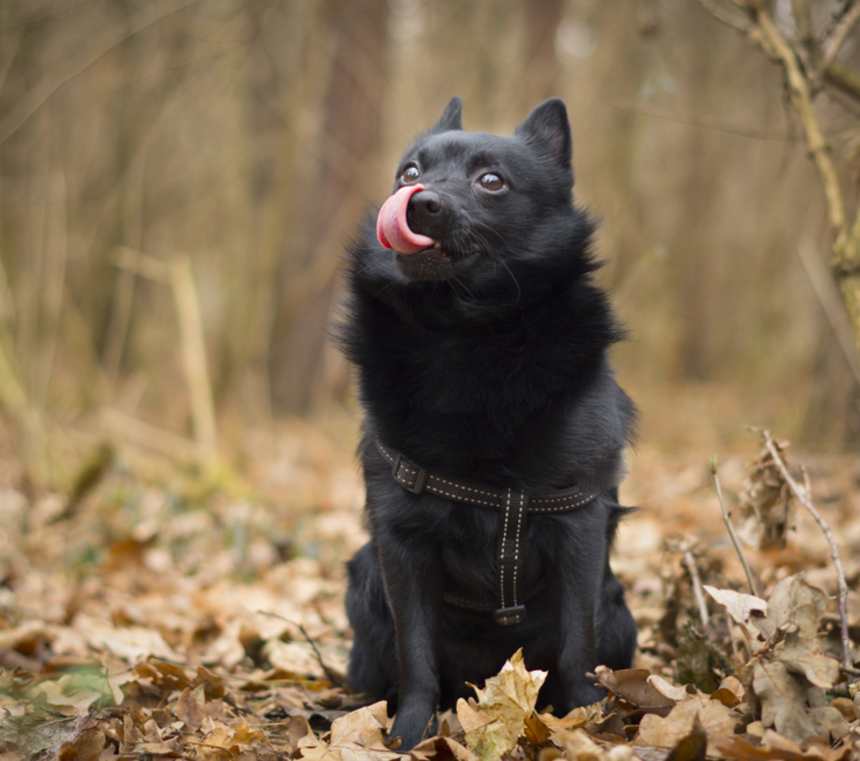Do Schipperkes have health problems?

Schipperkes are a sturdy little breed with a relatively long lifespan. Like most dogs, they may be prone to some health issues, including:
- Hip and/or elbow dysplasia: Hip and elbow dysplasia are two of the most common skeletal diseases seen in dogs. They are similar diseases in which either the hip or elbow joint has grown abnormally or is misshapen. The abnormal shape prevents the joints and sockets from adequately meeting one another, resulting in rubbing and grinding instead of sliding smoothly. Though the main complication with hip dysplasia is joint instability, the abnormalities present in elbow dysplasia often result in pieces of bone and/or cartilage breaking loose and irritating the joint tissues. Over time, the rubbing from dysplasia can cause a variety of issues, such as pain, lameness, and secondary osteoarthritis. Surgery can be done to fix the joint if diagnosed before the onset of arthritis.
- Legg-Calve-Perthes: This is a condition that causes the head of the femur (located in a dog’s hind leg) to spontaneously degenerate. Over time, this will lead to erosion of the hip joint and arthritis. A Schipperke suffering from Legg-Calve-Perthes will become lame, limp while walking, and experience pain when moving the hip joint. Surgery is the most effective treatment for the disorder.
- Patellar luxation: Also known as slipped kneecaps, patellar luxation is a common problem in many dog breeds. It occurs when slight abnormalities cause the knee joint to slide in and out of place, causing pain and occasional lameness. Surgical treatment is available for severe cases, although many dogs lead normal lives without treatment.
- Eye problems: Schipperkes may experience eye problems, including progressive retinal atrophy (PRA), a progressive degenerative disease affecting the retina that eventually leads to blindness; distichiasis, an abnormal growth of eyelashes on the margin of the eye, the extra eyelashes and abnormal location result in irritation to the eye; entropion, a genetic defect where one or both eyelids are inverted or roll inward and rub on the surface of the eye; and cataracts, a common eye condition that causes cloudiness in the eye and obstructs vision.
- Others: Schipperkes are susceptible to epilepsy; hypothyroidism, a thyroid malfunction that results in low hormone production and could cause obesity, low energy, and a brittle coat; as well as a genetic disease called mucopolysaccharidosis type IIIB. MPS IIIB is classified as a lysosomal storage disease, a disorder that prevents the metabolic enzymes necessary for normal bodily function from being produced by the body. Signs of MPS IIIB include balance problems, trouble navigating steps, and exercise intolerance. It is a progressive disease without adequate treatment.